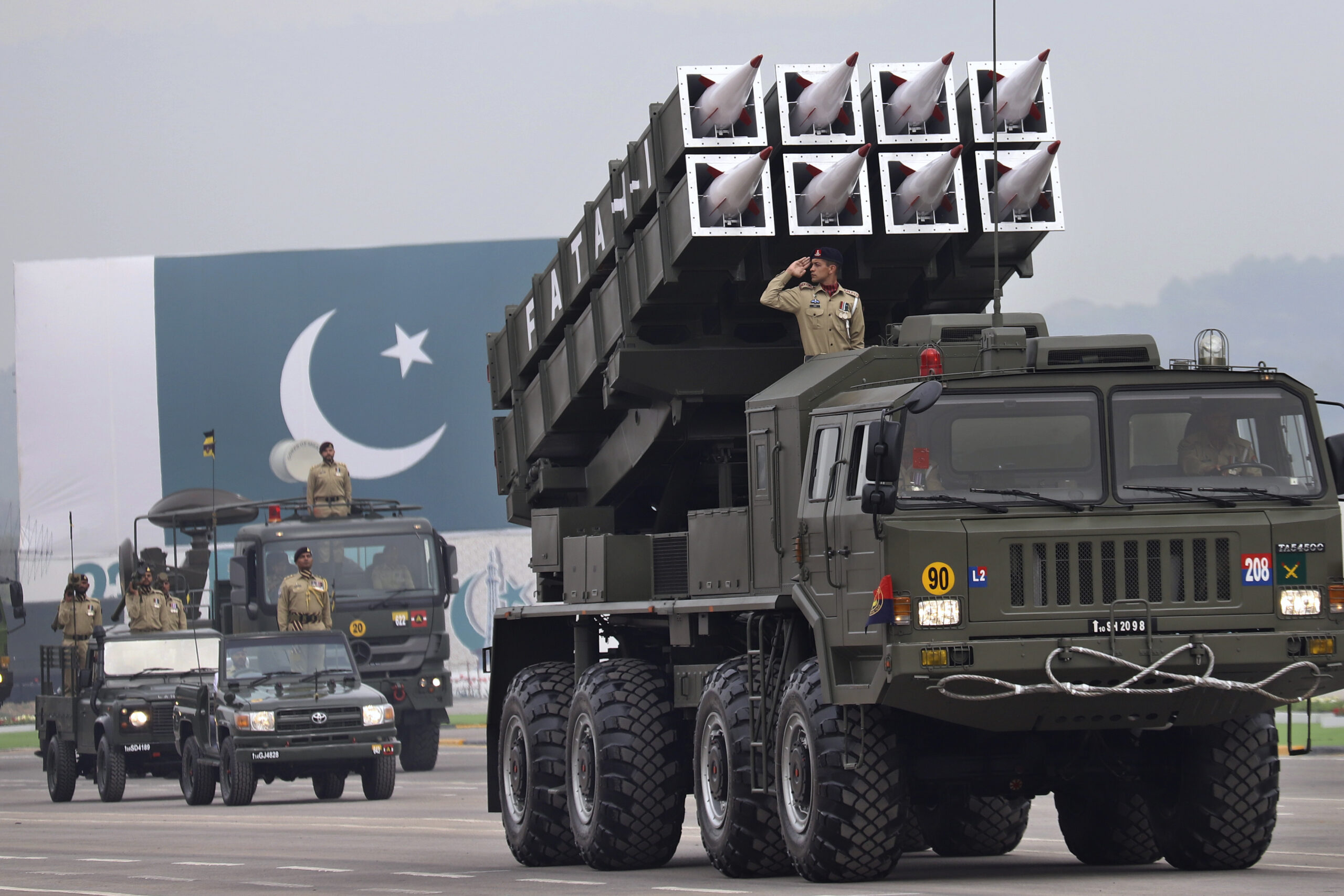This content is restricted to site members. If you are an existing user, please log in. New users may register below.
Pakistan’s Military Triumph in May 2025 Clashes Elevates Defence Prestige and Export Potential

Reading Time: 4 minutes Pakistan’s armed forces have drawn global attention following their decisive performance during the May 2025 clashes with India along the Line of Control (LoC), a development experts say could dramatically bolster the country’s defence exports and elevate the standing of its indigenous military industry. Air Superiority and Integrated Defence At the heart of Pakistan’s battlefield success was the performance of the Pakistan Air Force (PAF) and its integrated air defence systems, which played a critical role in neutralising Indian aerial threats. During the multi-day engagements, five Indian fighter aircraft were reportedly downed, including Rafale, Su-30MKI, and MiG-29UPG jets—platforms previously considered superior in regional air power rankings (Yousaf, 2025). In addition, Pakistani air defence batteries and electronic warfare units successfully intercepted and neutralised over 100 Indian drones, including Israeli-supplied Harop loitering munitions, Warmate kamikaze drones, and various quadcopter surveillance systems. This marks one of the largest documented

